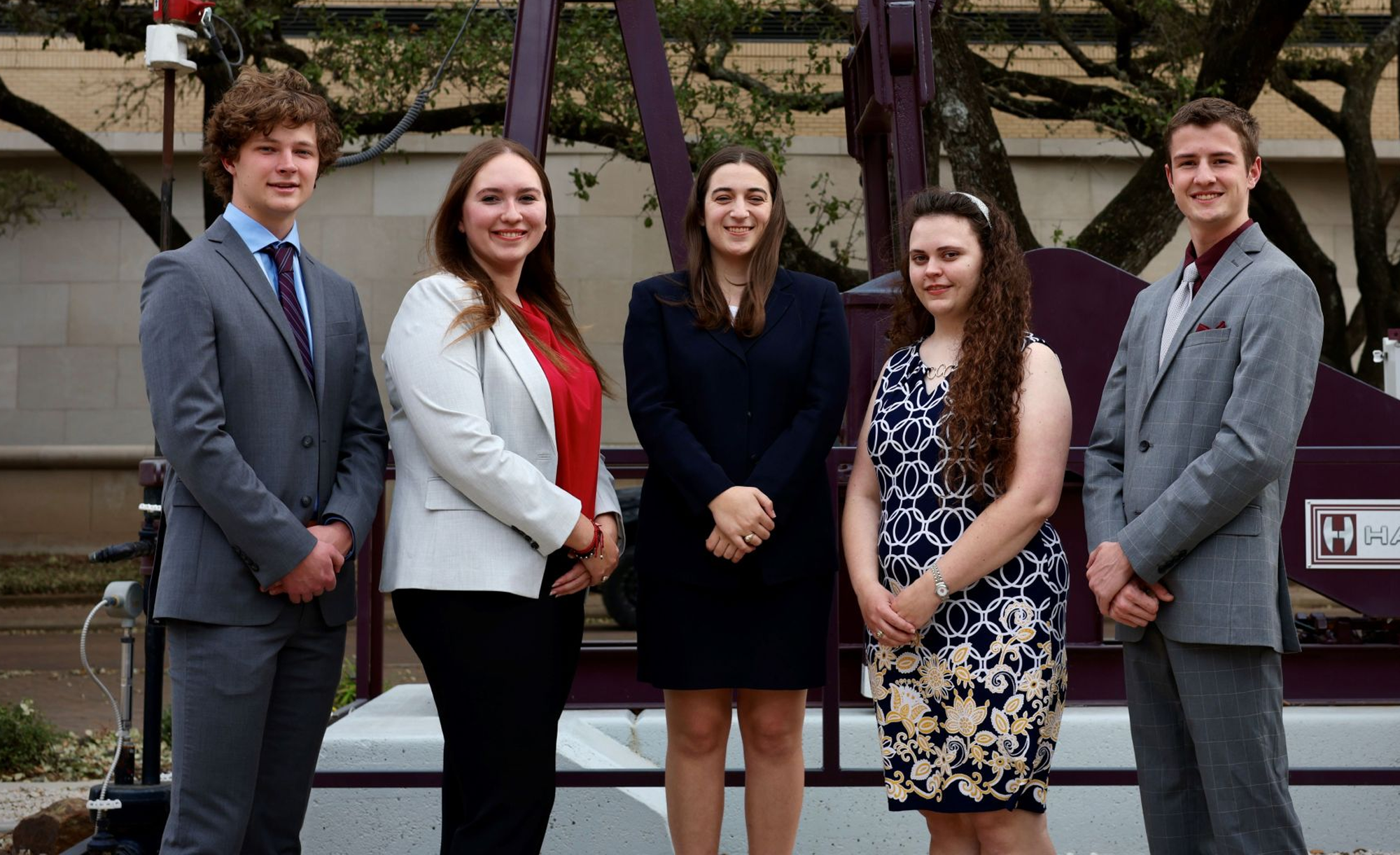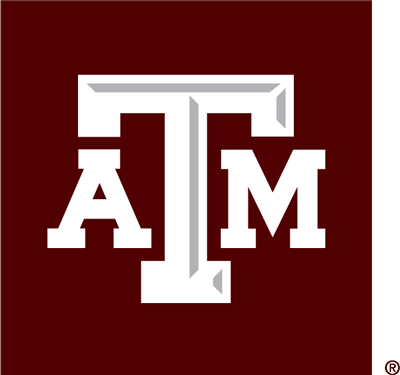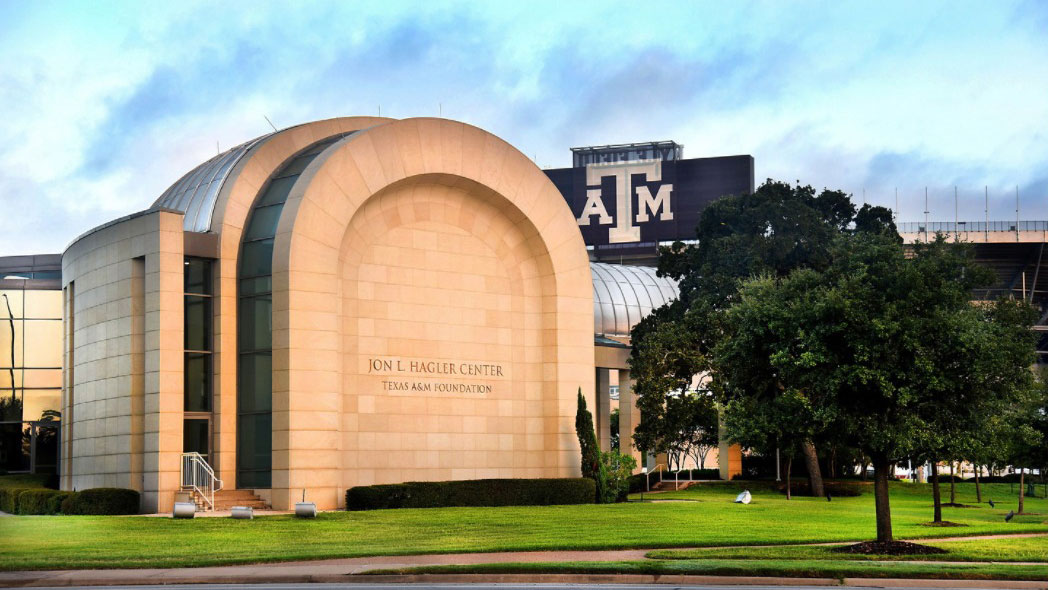
World Finals Update
The IBA competition challenges students to analyze an industry real-world geological dataset and propose recommendations for oil and gas exploration. Each team in the regional round was given the same dataset from the Bristol Bay Basin in Alaska and had eight weeks to analyze geological structures, identify potential drilling locations, and develop a professional presentation for a panel of industry experts. Texas A&M’s team won first place over teams from the U.S. and Canada with their compelling analysis and presentation.
What makes this win even more impressive is that the team was composed entirely of undergraduates, a group typically overshadowed by graduate students in this challenge. Their research focused on the geological history of the Bristol Bay Basin, a tectonically active region in Alaska, using 2D seismic lines and well log data from drilled wells in the area to identify potential hydrocarbon reserves. In simple terms, they studied how the basin has evolved over geologic time and used tools and petroleum geologic-geophysical expertise to find places where oil or gas might be trapped.

Their research identified a key prospect, the “Dark Knight Prospect,” with an estimated 26 billion cubic feet of recoverable gas. The team’s findings suggested additional leads and recommended further exploration, including new seismic studies and rock sample analysis to refine predictions.
“This experience has reinforced our group’s passion for exploration geology, and I am eager to continue learning and growing as we move forward,” said team member Nathan Thomas.
The team included Thomas, Joseph Hlavac, Catherine Luke, Ashley Whorton and Shelby Willard, the team’s captain. They were mentored by faculty advisor Mauro Becker, as well as industry professionals and department faculty who guided them through the rigorous research and analysis process.
“This is a huge achievement for our students. They put in weeks of hard work, late nights, and dedicated research to prepare for this competition, and their success is a testament to their education, talent and determination,” Becker said.
With their regional victory, Texas A&M’s team advances to the Global Finals on May 2. They will compete against the top teams from other regional competitions, including Africa, Asia Pacific, Europe, Latin America & Caribbean, and the Middle East. Each region hosts its own semifinal, with winners moving on to the final stage to present their findings to a new panel of judges.
It’s a significant accomplishment for both our students and the department. Our goal is to equip our students with fundamental knowledge and skills to investigate the Earth’s subsurface. This group of outstanding students took this background and ran with it. We couldn’t be prouder.
The stakes are high at the global level, with the top teams earning scholarship funds for their universities. The first-place team will receive $20,000, second place $10,000, and third place $5,000—all intended to support geoscience education and research.
The competition underscores the strength of A&M’s Geology & Geophysics program and its ability to prepare students for careers in the energy industry.
“It’s a significant accomplishment for both our students and the department,” Dr. Julie Newman, Texas A&M Geology & Geophysics Department Head, said. “Our goal is to equip our students with fundamental knowledge and skills to investigate the Earth’s subsurface. This group of outstanding students took this background and ran with it. We couldn’t be prouder.”

